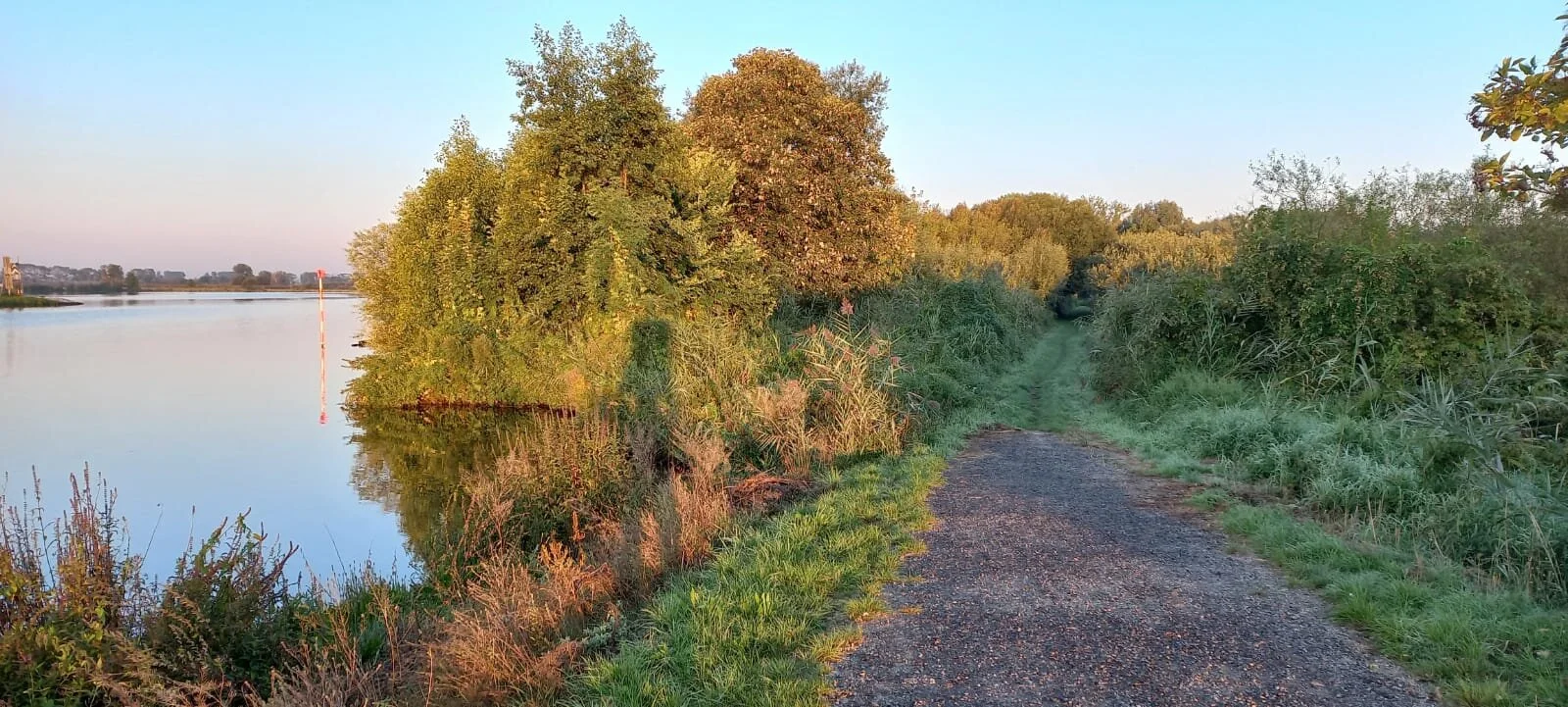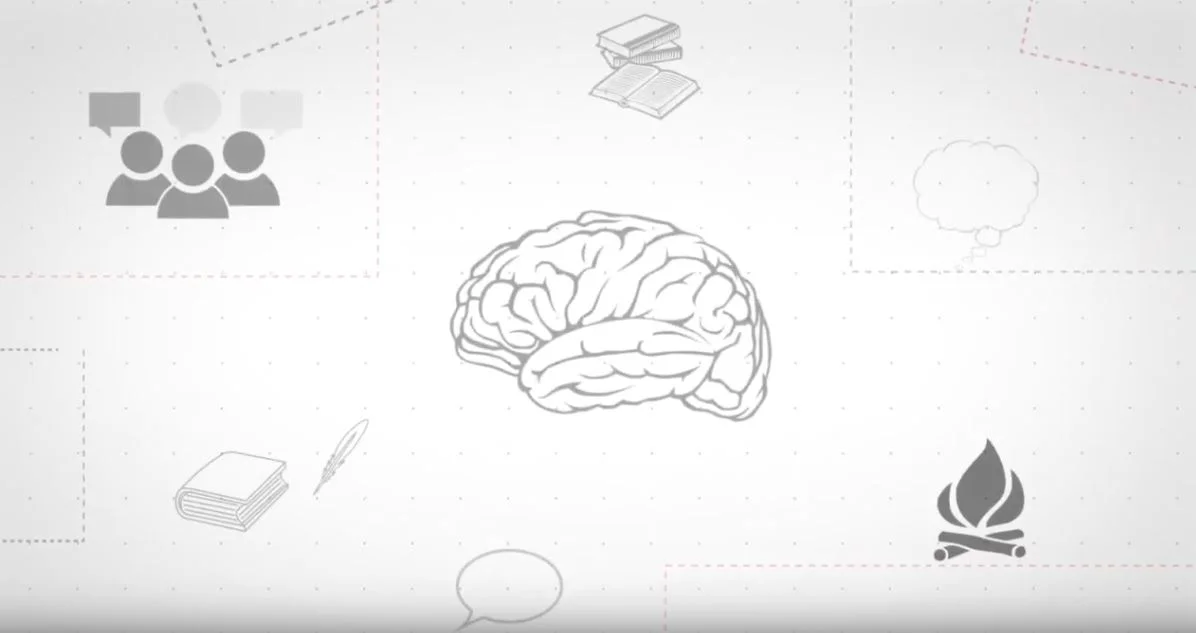It was back in 2015 when a group of us, as experts in the area of narrative work, decided to share our wisdom on how we work with stories in organizations and also to join our forces to support the creation of a global storytelling community. We thought that the appropriate vehicles for this would be the publication of a book and an annual conference, where participants could also share their own work with stories. The book would cover the impact of stories in a range of almost all attributes of an organization’s life and growth like change, leadership, learning, culture, community building, etc. Both the book and the conference have been brought to the world in 2017 and have been given the name “Beyond Storytelling”.
Since then, a lot happened in our lives and to our planet. The rising of dichotomies, more uncertainty, pressing personal and systemic struggles and much more. At the same time, the idea of telling your authentic story was taking more space, especially in the organizational parlance as an antidote to deal with the above-mentioned challenges. This led to the overuse and sometimes to the abuse of the term “storytelling”, especially in specific corporate functions like sales and marketing.
However, still, a core question remains valid: How stories could become an elixir that ignites individual and systemic transformation? How could we leverage the magic power that stories carry so that lingering effects could emerge towards a greater good?
There are many examples where working with stories beyond storytelling becomes the magic wand that illuminates the individual/organizational/societal field of change and initiates a re-authoring process for a desired future. Here are just a few of them that I use to work with:
1.) Stories as polarity resolutions. If we imagine a terribly crazy world with a lot of negative disruption as one pole, then the opposite pole may be a human configuration of conscious visionaries that are rising and collectively work for a better world. When one pole seems to dominate our present and future, building on the other pole may bring a required balance. This is what Otto Scharmer and the Presencing Institute are currently doing with the HuffPost collaboration project, on "Transforming Capitalism".
Or approaching a hot polarity by bringing in your personal story it may open a space for a middle ground discussion to emerge, which may make meaning for both poles’ supporters. This is what Brené Brown tries to do when she shares her childhood family-hunting tradition story as a mean to talk about responsible gun ownership in the US. This is also what the Social Project “Stories for Europe” offers by inviting all the voices and individual stories to be listened, ranging from favoring the European idea to the realm of Euroscepticism.
When someone tries to eliminate or devaluate the stories that identify the one pole, a substantial resistance is provoked and stretches the polarity to its edges. It is like trying to separate the two different sides of a coin. This doesn't seem to work because a story is attached to each actor’s identity. Working with stories can guide us to support landing safely in the middle ground of an intricate and highly polarized field.
2.) Visionary story-work. I use this approach in my coaching practice. A person starts with their own story, and then they combine it with a bigger vision/mission/message, which reflects their call for this world. In a social level, the “Stories for Europe” project is capturing this. Sharing our own authentic stories which are related to moments that we felt connected to a “European idea” may help us re-author and co-create a better future for Europe. The inquiry process becomes appreciative when you explore questions like for example: "What was a moment in which Europe appeared beautiful in my eyes? What if Europe´s political aim was to be beautiful?"
Working with a visionary story can also happen the other way around: I start by imagining a mission or a desired future and then I weave my own story into that future. I actually include myself and my existing environment in it, but in an imaginary way. An example could be to take any Foresight Scenario referring to a big subject (e.g. climate change, food and energy supply, etc.), which resonates best with me and tell the story of myself and my life in it at that time. The narrative of the prediction-data-based scenario changes totally and integrates an emotional loading with the inclusion of the "first-person tell" stories. What makes it impressive though is that the more attractive these stories are, the more will guide people towards respective actions in the present in a caring for the desired future way. In both cases, this approach may help us to create a strong future brand story of ourselves/company/work, etc.
The core question which could be explored here is: How will the future transform me? The metaphorical image which shapes a new narrative is a game-like one: I am experiencing my future life in a virtual reality chamber. The more I practice with it in an appreciative and optimistic way, the better it gets. And this is one way that our future is transforming us.
3.) Story as an intervention. This taps into the idea of how I would like and what it takes for people to meet in their humanity in the hearing of my story. Sharing our authentic story, how we share it and to whom, are important aspects in our effort to illuminate a field and create an impact. Self-confidence, power, powerlessness, drama, joyfulness, etc, are all expressions of our behavior and are related to how we tell our story. However, the most important aspect is from which inner state we share our story. Because this dramatically changes its impact. The inner state has to do with our level of presence at the moment as we are telling our story and the transformation process that evokes both within ourselves and in our listeners in the “here and now”. Creating awareness about the importance of the inner state that a story is told is an essential part of working with stories.
A Story holds such a power and as Michael Margolis nicely said: “…this stuff is dynamite, it can also do damage...” For example, the inner state and intention are what differentiates storytellers from populists. We could possibly agree that there is no innocent story. However, thinking in terms of narratives that shape the identity, foster the interconnection, and enhance the pride of a nation, could we imagine how different would have been the impact of “Make America great again” if diversity was included in the creation and experience of the story? It would even be more articulating if the word “again”, which implies a hidden blame, is excluded.
This brings into my mind a beautiful poem of the fabulous Nayyirah Waheed…
"some people
when they hear
your story.
contract.
others
upon hearing
your story.
expand.
and
this is how
you
know."





















